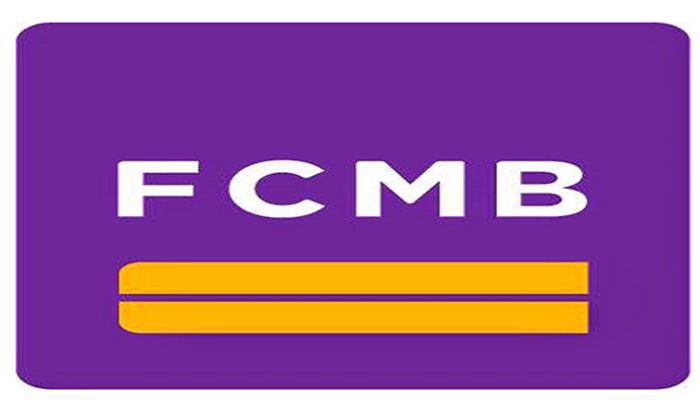Event: Zenith Bank reports Q4 2017 results
Implications: Positive reaction by the market likely; likely upward revision to consensus forecasts
Positives: Q4 PBT up 27% y/y
Negatives: Q4 provisions spiked by 388% y/y
This afternoon, Zenith Bank (Zenith) published its Q4 2017 results which showed that PBT and PAT both grew by 27% y/y and 24% y/y to N51bn and N54bn respectively. The stellar growth in PBT was driven by a 99% y/y growth in pre-provision profit.
Although provision for loan losses and opex spiked by 388% y/y and 95% y/y respectively, the growth in pre-prevision profits completely offset the negative trends on both lines. Moving up the P&L, although both revenue lines contributed to pre-provision profit growth, non-interest income which was up by a 251% y/y was the major driver.
The remarkable performance of the non-interest income line was mainly due to a 934% y/y increase income from derivatives (fx swaps most likely) and a 242% y/y growth in trading income in 2017.
Funding income grew by 12% y/y. Sequentially, PBT and PAT declined by 16% q/q and 4% q/q respectively. Compared with our forecast, PBT was silghtly ahead (+4.7%). However, PAT beat by 51% because we had modelled a higher effective tax rate of 26.5% in Q4 2017 compared with the 4.3% tax rate reported by the company.
On a full year basis, PBT and PAT grew by 30% y/y and 8% y/y respectively. The management of Zenith has proposed a final dividend of N2.45 per share which is higher than our N1.77 forecast and implies a yield of 7.9%.
Despite the marked rise in provisions, we expect the broad positives in the results to be paid some attention, mainly the better-than expected non-interest income line. In addition, a N35bn specific impairment taken on a gross loan portfolio of N95bn for the Communications category appears sufficient to us as far as Zenith’s 9mobile exposure is concerned. Going forward, the key themes for the banks in 2018 will be the implementation of IFRS 9 and the potential implications for cost-of-risk and CAR.
Although we expect a slight uptick in cost-of-risk, we believe that the impact will be modest for tier 1 banks like Zenith. Following the tightening of yields on government securities, we would like to see banks guiding to stronger loan growth for 2018 to compensate.
Given the strength of these results, we expect to see upward revisions to consensus estimates and a positive reaction from the market.
Our estimates are under review. We rate the shares Outperform.
Zenith Bank Q4 2017 results: actual vs. FBNQuest Capital Research estimates (N millions)














